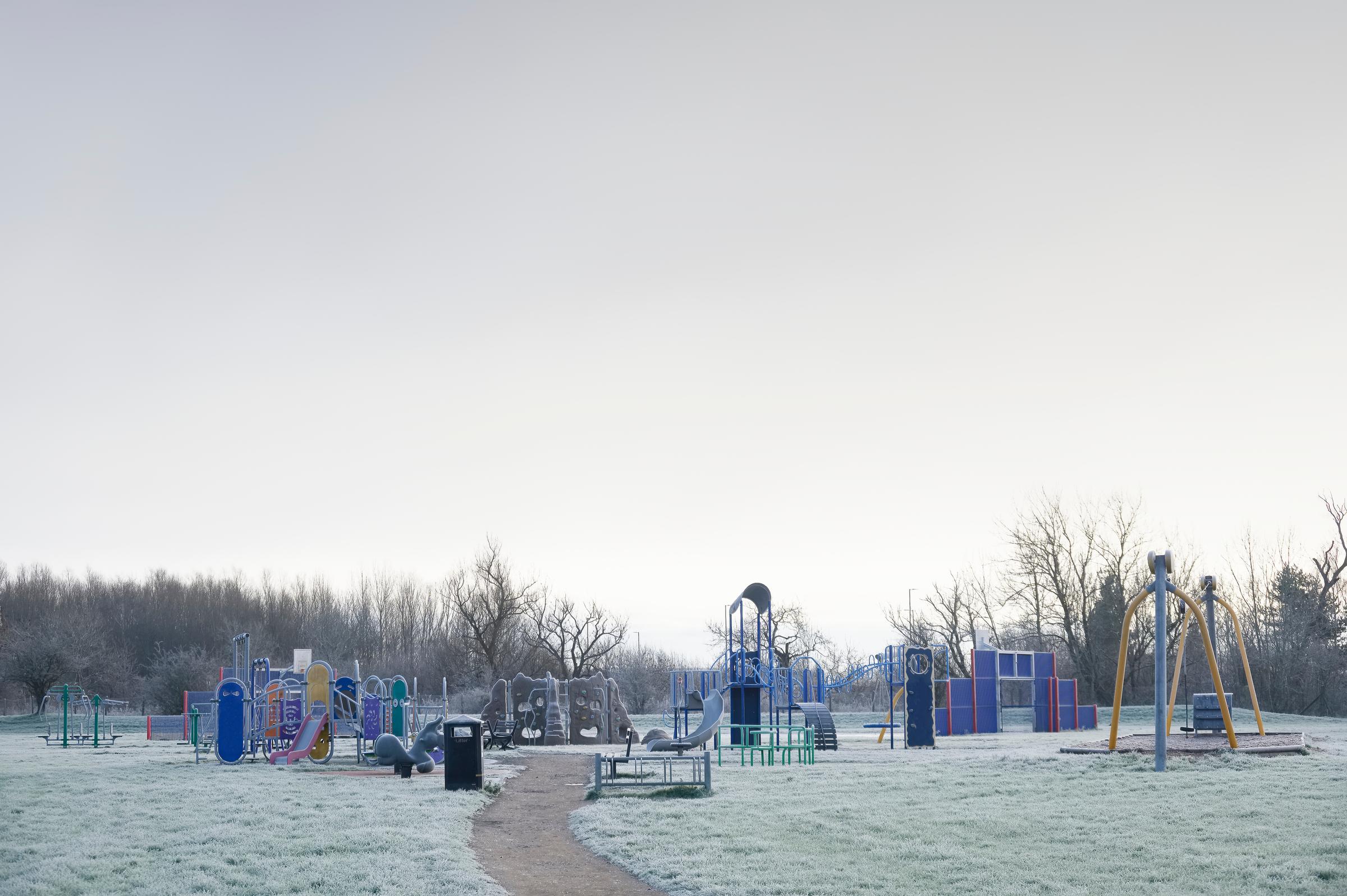Well-prioritised Government spending helps families escape the trap of poverty
Scotland should have all but eradicated Child Poverty by 2030, but Thursday's draft Budget fell short on supporting this aim: here's Emma Congreve on three things that should be prioritised this year.
By the end of this decade, Scotland should have pretty much eradicated Child Poverty; that is what the Scottish Parliament have signed up to. But one in four children are currently in poverty in Scotland (24%) and we need to do things very differently if we are to get anywhere near that ambition. On Thursday 6 February, the Parliament was presented with a draft Budget that fell well wide of the mark. The ray of hope is that there may be more spending to come following the UK Budget on 11 March.
From listening to the Budget Statement as it was read out in parliament, you would be forgiven for thinking that it was full of new commitments on tackling poverty. We were told that this Budget had ‘wellbeing and fairness at its very heart’. But looking beneath the surface, there was little comfort for those for whom wellbeing and fairness are distant from their daily life.
That isn’t to say there was no additional spending directed at low-income families, albeit on pre-announced policies. There was additional capital funding to maintain momentum on the affordable homes programme, the first wave of money attached to the Scottish Child Payment, and some increases in funding for the Scottish Welfare Fund that provides grants to people in crisis. But how far will this all go to tackling poverty?
Simply, we don’t know. There were some figures included in the statement and in the supporting Budget documents related to child poverty and spending on low-income households, but these related to spending in 2018/19 whereas this was a Budget about spending in 2020/21. Tackling child poverty was reported as one of the cross-cutting priorities that guided spending in this Budget, yet we can’t see how much spending is aligned to this.
Even if they could tell us how much was being spent, we still wouldn’t know the impact this was having on poverty. But perhaps there is hope for the future on this aspect. The documents supporting the Budget told us that such a tool to measure cumulative impact is in the pipeline, and something similar for looking at the distributional analysis of Budget decisions is under development too. And it appears there have been attempts to get government officials to look at their proposals and reflect on their impact on inequalities of outcome and linkages across to the National Performance Framework. However, it’s clear that this wasn’t consistently applied across the Budget with reasons such as ‘incomplete data’ and ‘complex societal structures’ cited as difficulties (see page 6 and 7 of the Equality and Fairer Scotland Budget Statement).
Perhaps all we can expect are small steps each year to get to a position where there is clear prioritisation with tackling poverty and other ‘cross-cutting themes’ at the forefront. But time is not on our side – we have child poverty interim targets for 2023/24 that increasingly look like they will be missed. In order to do what is required on child poverty the likelihood is that other areas will lose out. These are no doubt difficult decisions.
There will be those that ask why we are taking a critical view. We have the Scottish Child Payment – didn’t you say that this was a game changer? Yes we did. We still think it is. But as we at JRF along with CPAG Scotland and the Poverty Alliance have all made clear, the Scottish Child Payment is not enough to do the job on its own. If nothing else new is done it will be game over for the child poverty targets and we will have failed Scotland’s children. We cannot let that happen.
If we do get more money through the block grant to Scotland following the 11 March Budget, here are the three things that could be made a priority this year:
- We know that social housing and low social rents are key drivers of lower poverty in Scotland (see our research published in 2019). There is a huge amount of uncertainty over what will happen in the next parliament when the current tranche of affordable housing funding will come to an end and certainty about what will happen next is needed soon. In the short term, the Government could explore directing more money to social housing providers to support their work.
- Boost efforts on progression services for parents facing in-work poverty. The new Parental Employment Support Fund is currently small in scale and is only due to last two years. Our research published in 2018 made clear that support into work for women and those with a disability is crucially important for tackling poverty. Making more money available will also mean more can be done and better evaluation and learning can come from these programmes.
- Commit to a more thorough and transparent Wellbeing Approach for the next fiscal event, including being able to say with confidence how the Budget is prioritising child poverty. This not only means political buy-in, but properly resourcing analysts who are working on this and properly investing in the tools to make it work well. We cannot afford to have another Budget with such patchy evidence behind such bold claims – not only does it undermine confidence in policy makers but well prioritised government spending will enable many more families to escape the trap of poverty.

This comment is part of the child poverty topic.
Find out more about our work in this area.